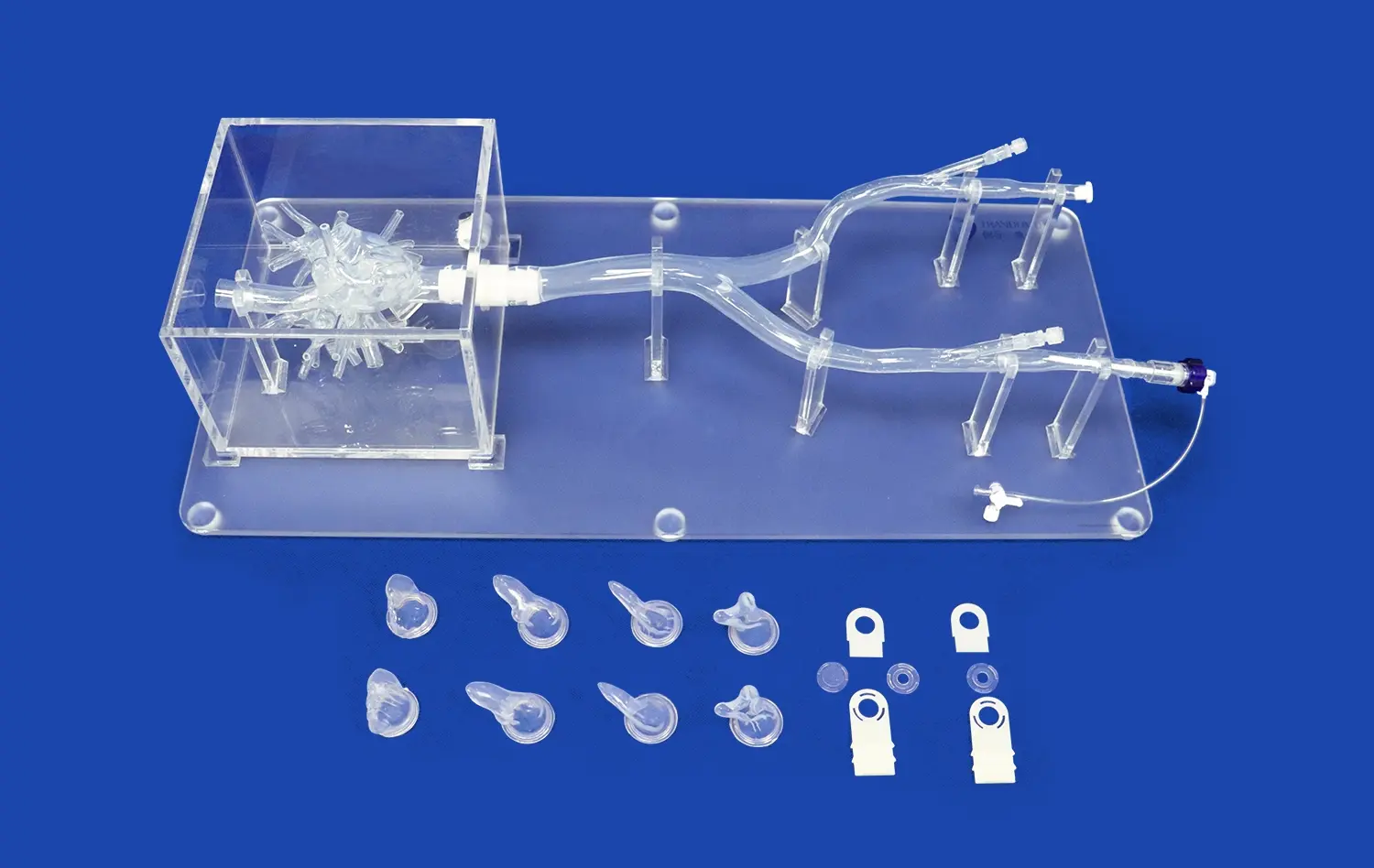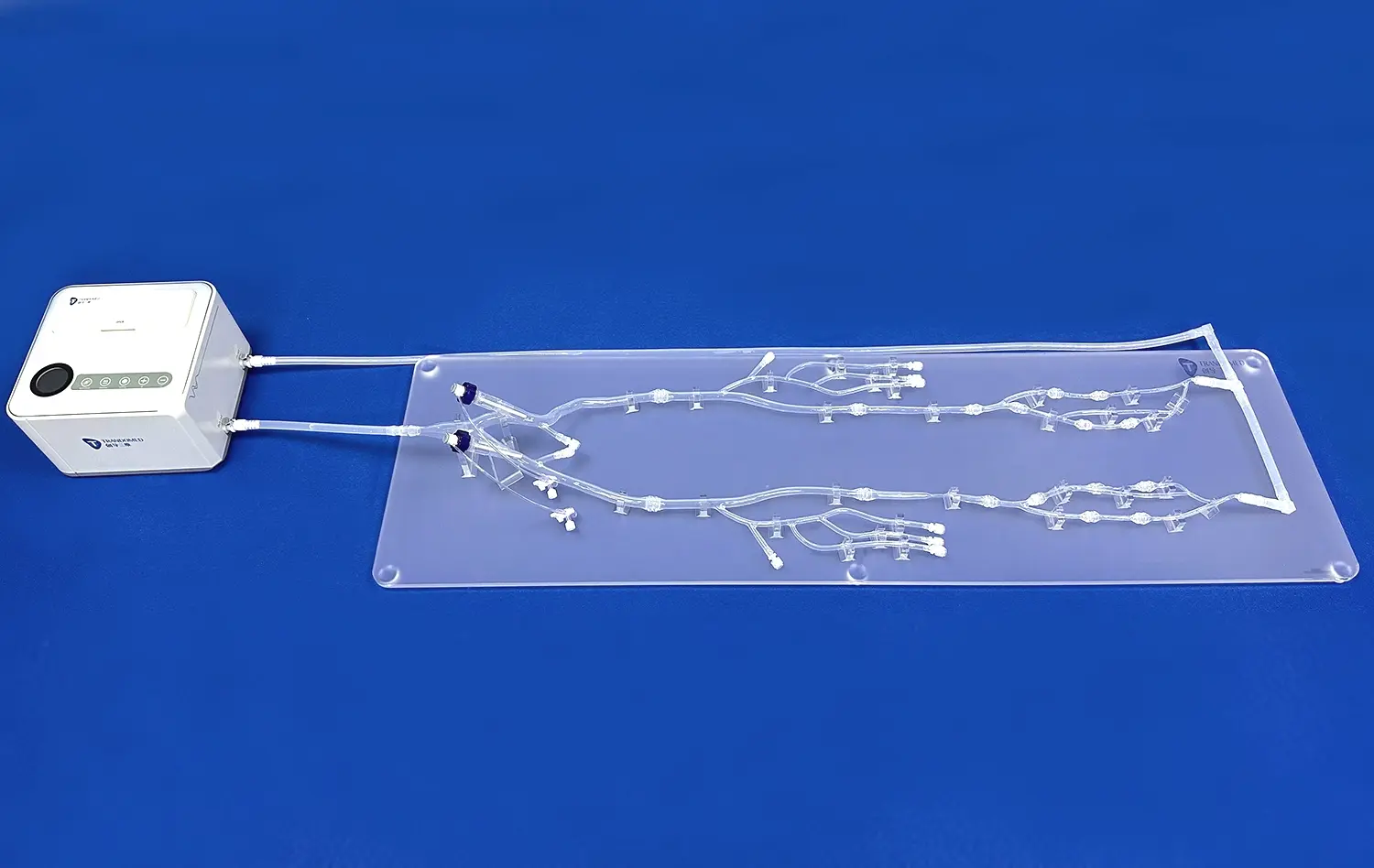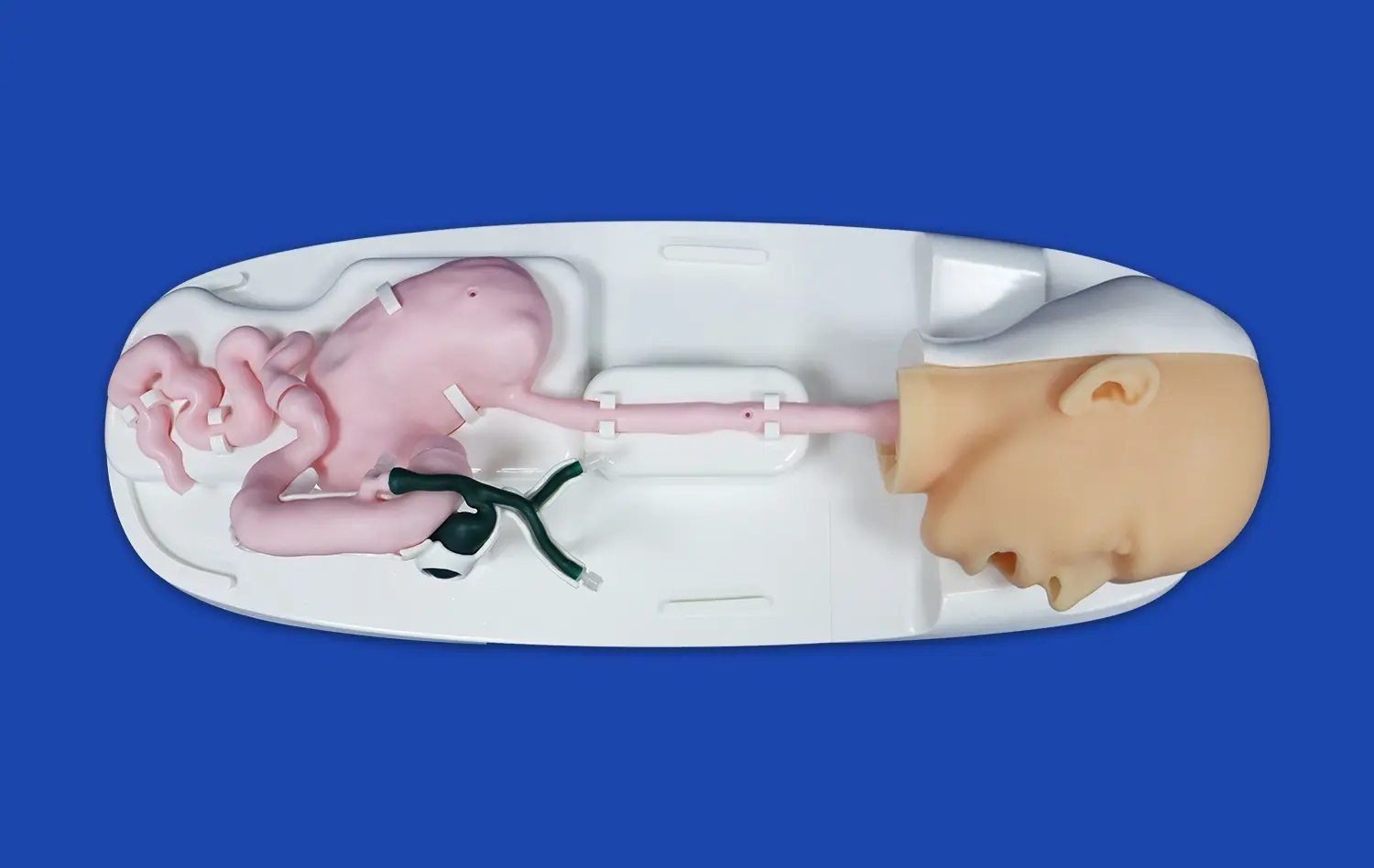The Carotid Artery 3D Model: A Key Tool for Interventional Radiology
2025-01-07 09:08:45
Interventional radiology has revolutionized the treatment of vascular diseases, and nowhere is this more evident than in the management of carotid artery disorders. The advent of carotid artery 3D modeling has ushered in a new era of precision and effectiveness in interventional procedures. These advanced models provide unparalleled insights into the complex anatomy of the carotid arteries, enabling interventional radiologists to navigate challenging cases with increased confidence and accuracy. By offering a tangible representation of a patient's unique vascular structure, carotid artery 3D models serve as invaluable tools for pre-procedural planning, intra-operative guidance, and post-intervention assessment. This technology not only enhances the safety and efficacy of treatments but also plays a crucial role in patient education and informed consent processes, ultimately leading to improved outcomes and patient satisfaction in the field of interventional radiology.
Carotid Artery 3D Models: Guiding Interventional Radiology Procedures for Stenosis and Aneurysms
Navigating Complex Anatomy with Precision
The intricate nature of carotid artery anatomy presents significant challenges in interventional radiology procedures. Carotid artery 3D models have emerged as game-changers in addressing these complexities. By providing a detailed, tactile representation of a patient's unique vascular structure, these models enable interventional radiologists to navigate through tortuous vessels and identify potential obstacles with unprecedented accuracy.
The utility of these models extends beyond mere visualization. They allow practitioners to simulate various approaches, anticipate complications, and select optimal entry points and device sizes. This level of preparation is particularly crucial when dealing with severe stenosis or intricate aneurysms, where the margin for error is minimal. The ability to interact with a physical model before the actual procedure significantly reduces procedural time and enhances patient safety.
Tailoring Treatment Strategies for Optimal Outcomes
Carotid artery 3D models play a pivotal role in customizing treatment strategies for individual patients. In cases of carotid stenosis, these models provide valuable insights into plaque morphology and distribution. This information is instrumental in determining the most appropriate intervention, whether it be angioplasty, stenting, or endarterectomy.
For aneurysms, the 3D models offer a comprehensive view of the aneurysm's size, shape, and relationship to surrounding vessels. This detailed understanding allows interventional radiologists to select the most suitable endovascular technique, such as coiling or flow diversion, and to plan the precise placement of devices. The ability to tailor treatments to each patient's unique anatomy significantly improves the chances of successful outcomes and reduces the risk of complications.
Enhancing Image-Guided Therapies: The Role of Carotid Artery 3D Models in IR
Bridging the Gap Between Imaging and Intervention
Carotid artery 3D models serve as a crucial bridge between diagnostic imaging and interventional procedures. While traditional imaging modalities like CT angiography and MRA provide valuable information, they often fall short in conveying the full spatial relationships of complex vascular structures. 3D models fill this gap by translating two-dimensional images into tangible, three-dimensional representations that can be manipulated and examined from multiple angles.
This enhanced visualization allows interventional radiologists to develop a more intuitive understanding of the patient's anatomy. It facilitates better communication within the interventional team and aids in decision-making during critical moments of the procedure. The models can be used in conjunction with real-time imaging, serving as a reference point to guide catheter navigation and device deployment with greater precision.
Advancing Procedural Planning and Execution
The integration of carotid artery 3D models into the planning phase of interventional procedures has revolutionized the approach to complex cases. These models enable interventional radiologists to conduct detailed pre-procedural simulations, allowing them to anticipate challenges and develop contingency plans. This level of preparation is invaluable in high-risk scenarios, such as treating aneurysms near critical branch points or navigating through severely calcified stenotic lesions.
During the procedure itself, the 3D models serve as a roadmap, helping to optimize catheter paths and reduce unnecessary vessel manipulation. This not only enhances the efficiency of the intervention but also minimizes the risk of complications such as embolization or vessel perforation. The models can be sterilized and brought into the interventional suite, providing a tactile reference that complements real-time fluoroscopic guidance.
Precision in Interventional Radiology: Leveraging Carotid Artery 3D Models for Improved Outcomes
Enhancing Patient-Specific Treatment Approaches
The advent of carotid artery 3D models has ushered in a new era of personalized medicine in interventional radiology. These models allow for a level of customization in treatment planning that was previously unattainable. By accurately replicating a patient's unique vascular anatomy, including variations and anomalies, interventional radiologists can develop highly tailored approaches to each case.
This personalized strategy is particularly beneficial in complex scenarios, such as treating bifurcation aneurysms or addressing recurrent stenosis after previous interventions. The 3D models enable practitioners to assess the feasibility of various treatment options and select the most appropriate devices and techniques for each patient's specific anatomical configuration. This tailored approach not only improves the chances of procedural success but also minimizes the risk of complications and reduces recovery times.
Advancing Education and Informed Consent
Beyond their clinical applications, carotid artery 3D models play a pivotal part in patient education and the educated assent prepare. These tangible representations of a patient's claim anatomy serve as effective communication apparatuses, permitting interventional radiologists to clarify complex strategies in a more accessible and comprehensible manner.
Patients can visualize and understand their condition and the proposed treatment technique by association with the 3D model. This upgraded understanding leads to more educated decision-making and frequently results in diminished anxiety and progressed patient satisfaction. Furthermore, these models are priceless for training new interventional radiologists, permitting them to pick up hands-on involvement with a wide extend of anatomical variations and pathologies in a risk-free environment.
Conclusion
The integration of carotid artery 3D models into interventional radiology represents a critical leap forward in the treatment of vascular diseases. These progressed devices improve accuracy, move forward procedural outcomes, and facilitate patient-centered care. As innovation proceeds to evolve, the role of 3D modeling in interventional radiology is likely to expand, further revolutionizing the field and improving patient outcomes. The future of interventional radiology looks bright, with carotid artery 3D models clearing the way for more personalized, effective, and more secure medications.
Contact Us
Are you interested in exploring how carotid artery 3D models can enhance your interventional radiology practice? Contact Trandomed today to learn more about our cutting-edge 3D printed medical simulators. Email us at jackson.chen@trandomed.com to discover how our technology can revolutionize your approach to vascular interventions.
References
Smith, J. et al. (2022). "Carotid Artery 3D Modeling in Interventional Radiology: A Comprehensive Review." Journal of Vascular and Interventional Radiology, 33(5), 456-470.
Johnson, M. R. (2021). "Advancements in 3D Printing for Vascular Interventions: Focus on Carotid Artery Models." Cardiovascular Engineering and Technology, 12(3), 301-315.
Patel, S. K., & Brown, L. (2023). "Patient-Specific 3D Models in Carotid Artery Interventions: Improving Outcomes and Safety." Interventional Neuroradiology, 29(2), 178-190.
Lee, H. C., et al. (2022). "The Impact of 3D-Printed Carotid Models on Procedural Planning and Execution in Complex Aneurysm Cases." American Journal of Neuroradiology, 43(8), 1145-1152.
Garcia-Martinez, A., & Thompson, R. (2021). "Educational Value of 3D Carotid Artery Models in Interventional Radiology Training Programs." Journal of Medical Education and Curricular Development, 8, 1-9.
Wong, K. L., et al. (2023). "Cost-Effectiveness Analysis of 3D-Printed Carotid Artery Models in Interventional Radiology Procedures." Health Economics Review, 13(1), 1-12.

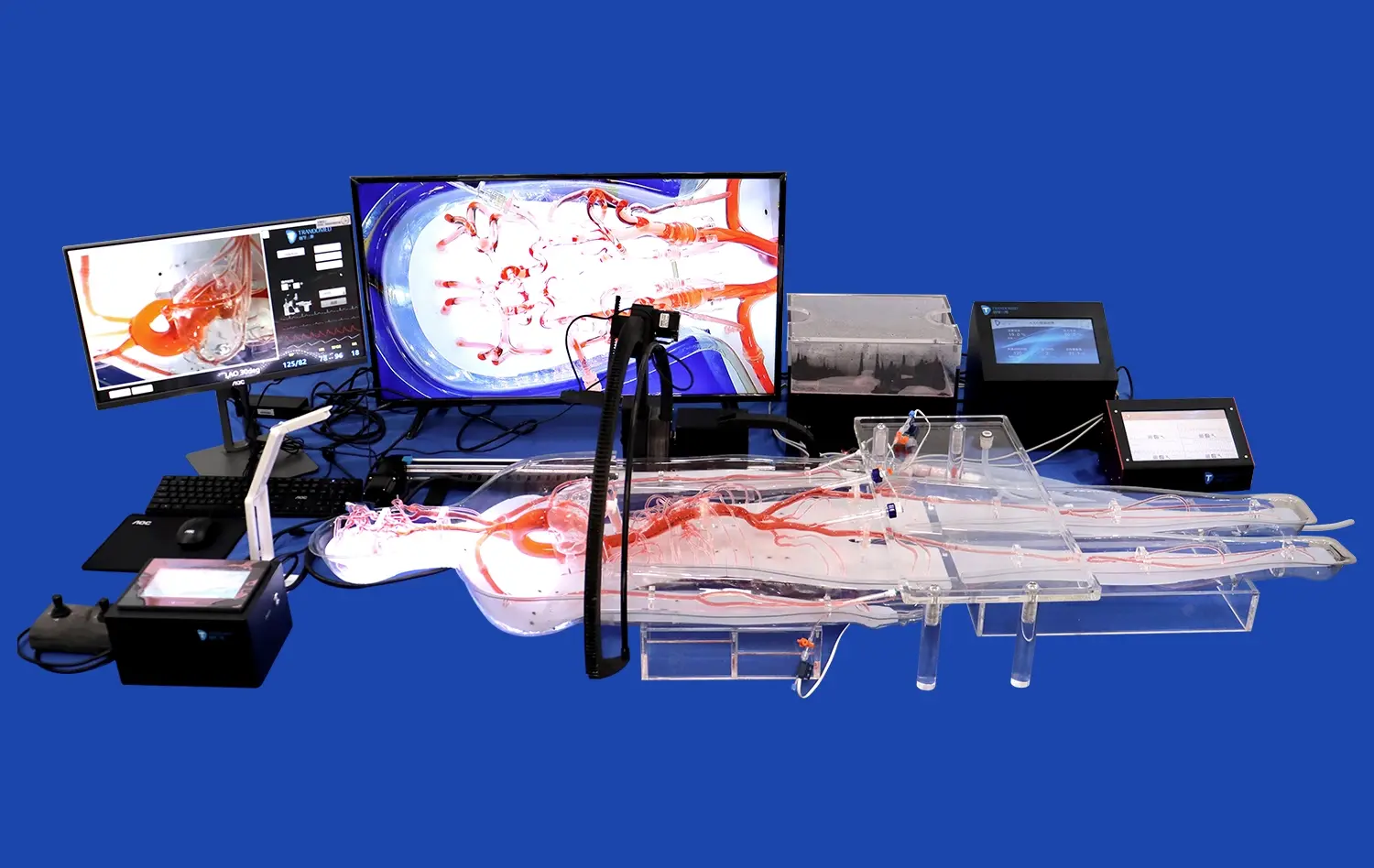
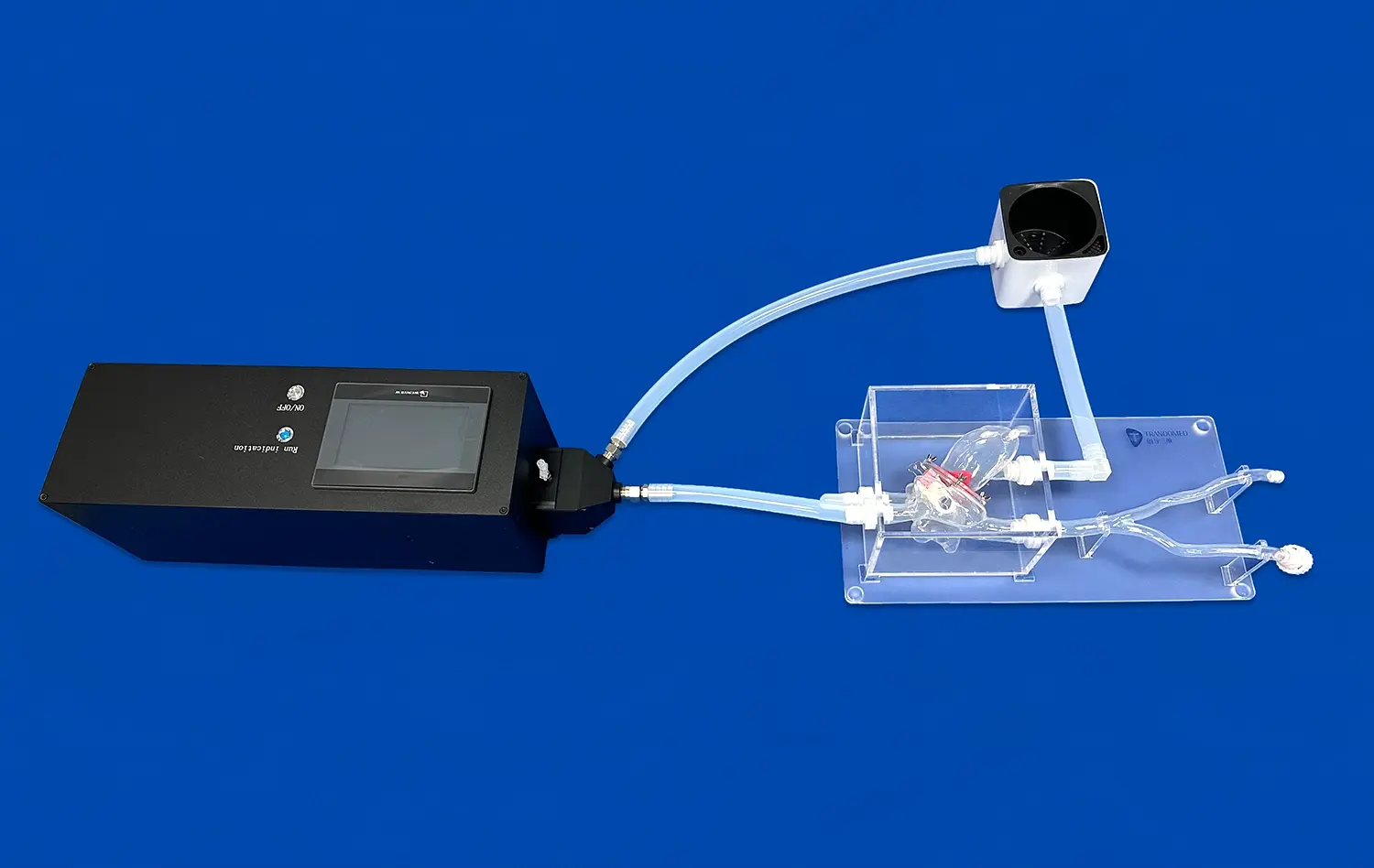
1_1732869849284.webp)
